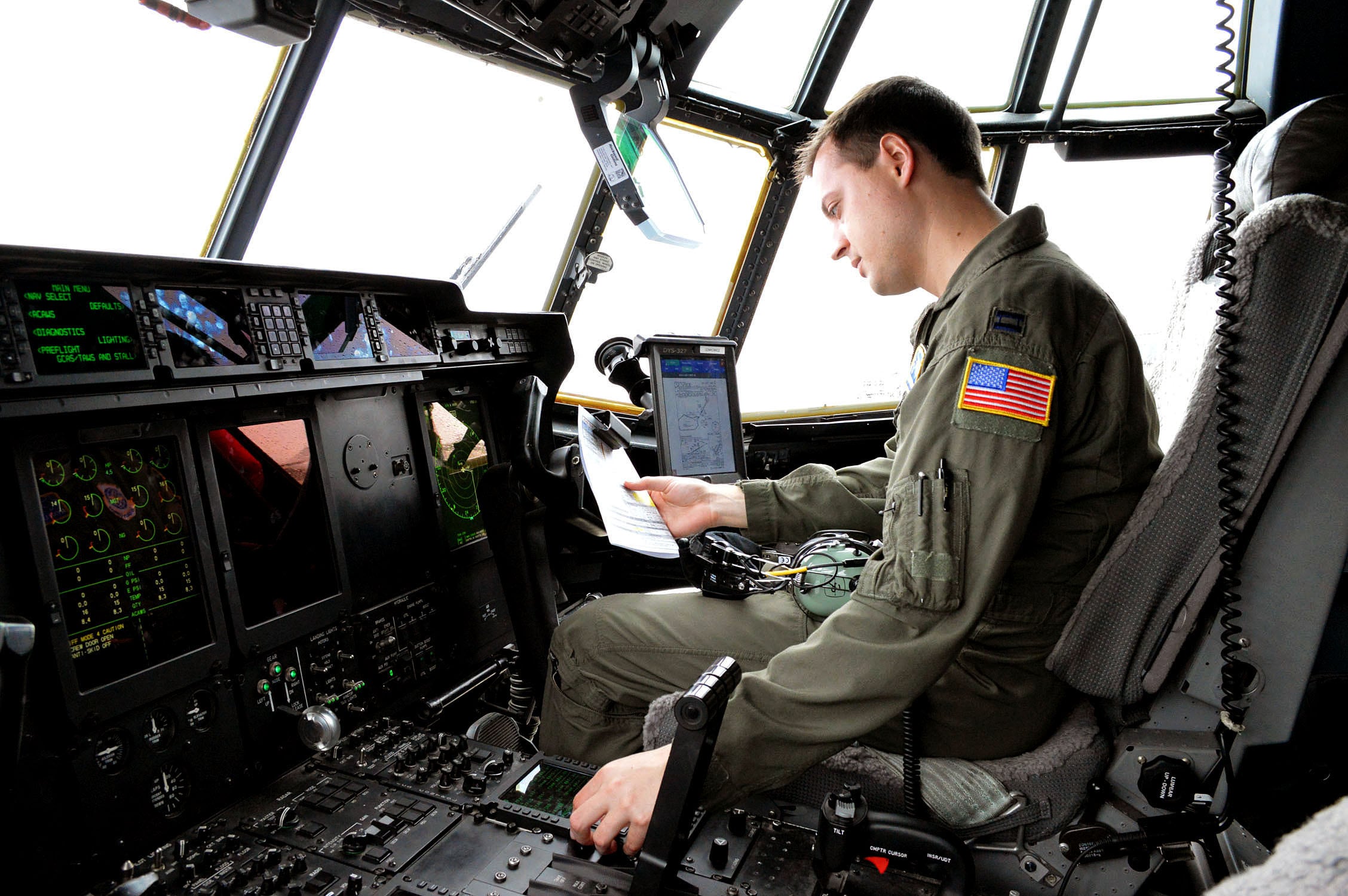KC-46 Pegasus testing is about 65 percent complete, and the planes are still scheduled to arrive in the fleet in 2018, the head of Air Mobility Command said.
The first delivery of the new refueling tankers was pushed back to spring 2018, with the service hoping to receive the first 18 fully capable aircraft by October 2018. That’s 14 months later than originally expected, according to a Government Accountability Office report.
“I believe that in 2018 we will see the first airplanes delivered,” said Gen. Carlton Everhart, the commander of AMC. “If the test program accelerates and things go as advertised, that may happen sooner. But right now, 2018 will still see us having the first airplane.”
The goal is to make sure the KC-46 can perform as soon as it enters the fleet.
“I’ve always said that I need the right airplane,” Everhart said. “I just don’t need an airplane that’s right now. What I mean by that is I still need a war-ready airplane, day one, when it comes out.”
One of the deficiencies discovered during testing occurs during mid-air refueling, when the boom comes in contact with the other aircraft. The boom is a tube that extends into a receptacle on the receiver aircraft, and, in some cases, the KC-46’s boom has been making contact outside of the receptacle and scratching the receiving aircraft.
“The engineers and the scientists are going back and trying to figure out why this is happening,” Everhart said.
Contact outside of the receptacle can damage the receiver aircraft, Air Force spokeswoman Ann Stefanek said.
“Contact outside the receptacle is occurring at a higher rate during KC-46A testing than it is on legacy tankers,” Stefanek said, adding that she didn‘t have information on which type or how many receiver aircraft were involved.
It’s too early to know if this issue will affect the delivery timeline, she said.
Looking ahead
As the tanker program moves forward, AMC is still struggling with inconsistent budgets, Everhart said.
“It just puts stress along the whole entire system, and it puts stress on our modernization programs such as the KC-46,” Everhart said. “That’s a set program that’s gone very well so far. But if the money’s not there, it really puts caution to the wind.”
Everhart said AMC is sticking to the guidelines from Headquarters Air Force when it comes to spending money and focusing on the top priorities.
“I’ve got to make sure that my readiness is squared away,” he said. “That’s going to be my job one. So, if I have a limited amount of bucks, I’m going to make sure that our crews are ready to go when called upon by our nation.”
That, along with modernization programs, are Everhart’s top priorities, he said.
Everhart said he’s also looking at capability gaps within the command, including the pilot shortage.
AMC projects a shortage of 225 active-duty mobility pilots in fiscal 2018, spokesman Col. Christopher Karns said.
About 1,600 mobility pilots will be eligible to separate in the next four years, he said. In addition, only 46 percent of pilots eligible for a retention bonus have accepted it.
RELATED

With AMC’s operations tempo and involvement in the war in Iraq and Syria, getting those numbers up is critical.
Since 2014, AMC aircraft and airmen have flown 90 percent of the 41,531-plus tanker sorties to give bombers and fighter jets the necessary range to employ nearly 100,000 weapons, Karns said.
The command also is looking at non-monetary ways to keep its airmen.
This includes meeting with commercial airline officials to see how they can help each other retain pilots, and looking at possibly allowing Air Force pilots to work for the airlines and then return to the service.
RELATED

Charlsy is a Reporter and Engagement Manager for Military Times. Email her at cpanzino@militarytimes.com.










